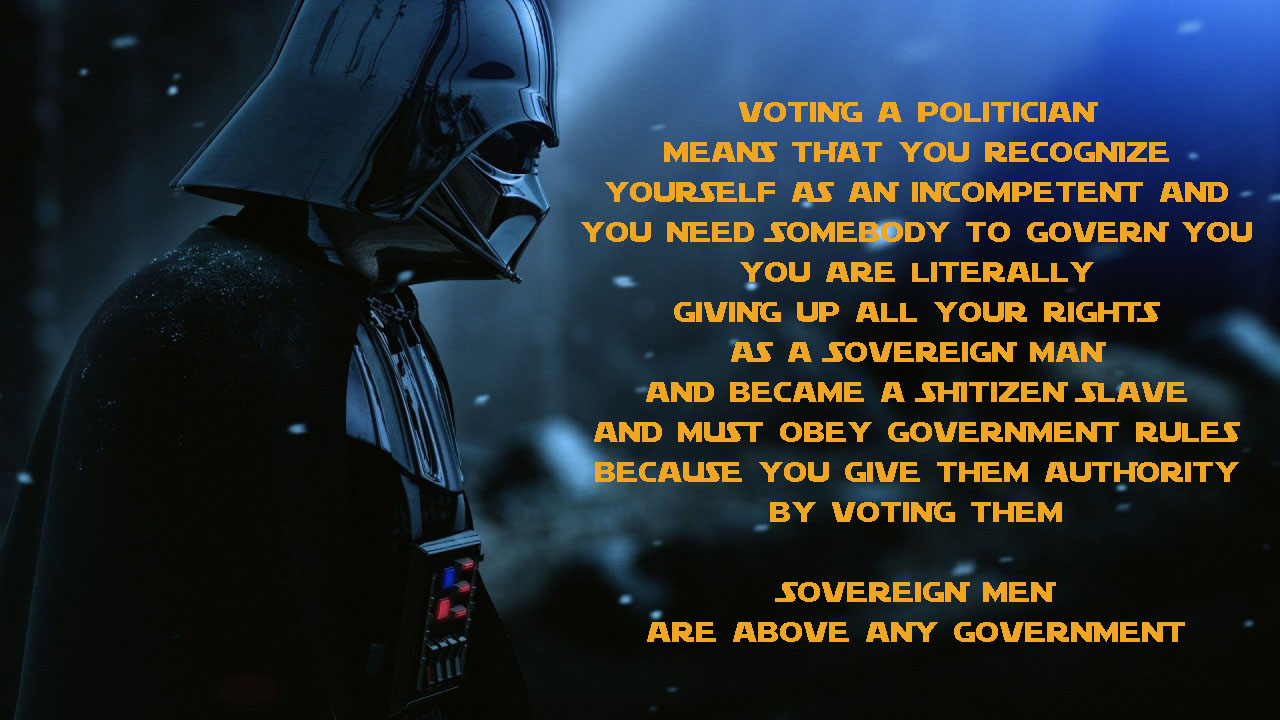Following this conversation, #714785 with @kepford, I thought it would be fun for Stackers to see how their political perceptions about the opposing side stack up to reality. This gap is called the Perception Gap, and in my opinion explains the political paralysis the U.S.A., (and likely many other countries), are experiencing.
You can take a quiz to measure your own perception gap here: https://perceptiongap.us/
I'm proud to say I got a gap of only 6%.
